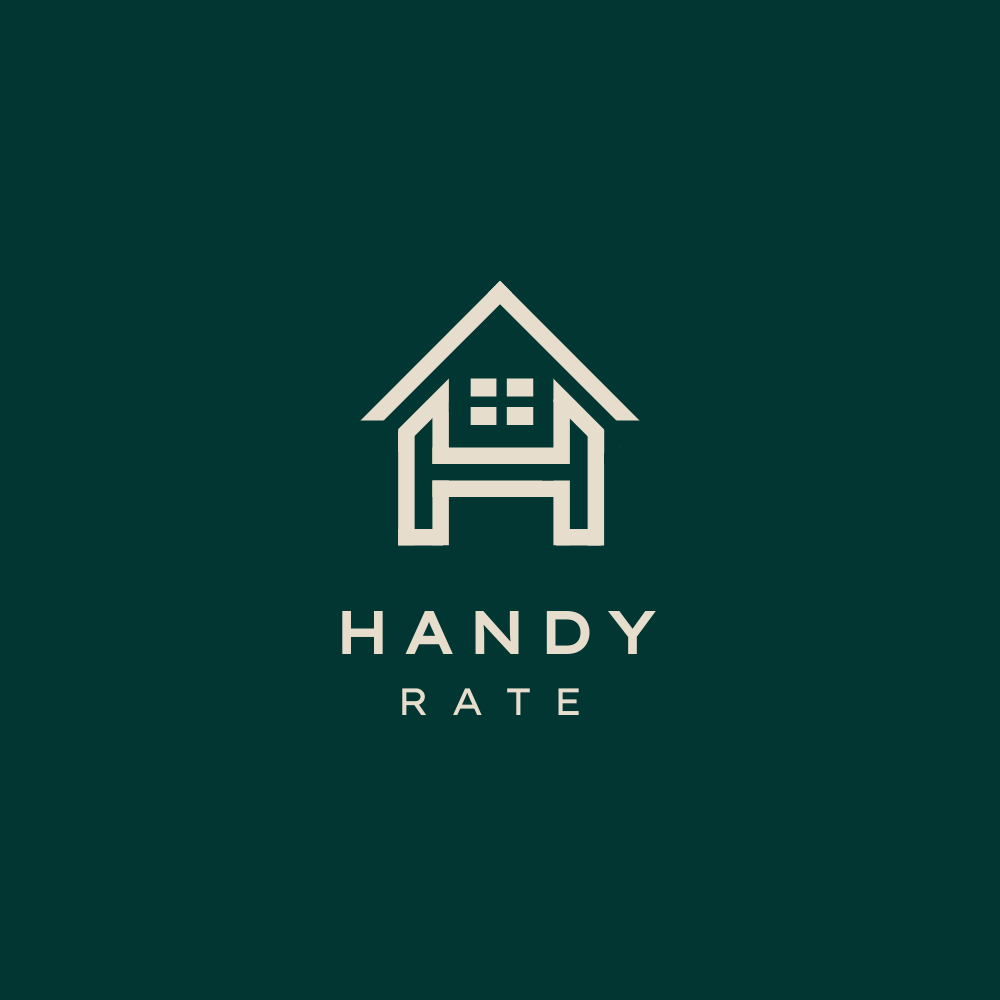
Introduction to Your Language Mastery Blueprint
In an increasingly interconnected world, mastering a new language is more than just a hobby; it’s a vital skill that opens doors to countless opportunities. A personalized language mastery blueprint serves as your tailored roadmap to navigate this exciting journey. This blueprint is not a one-size-fits-all approach; rather, it adapts to your unique learning style, goals, and pace.
Structured language learning is essential for achieving fluency. Without a clear plan, it’s easy to feel overwhelmed or lost in the vast sea of vocabulary and grammar rules. A well-defined strategy allows you to break down your language learning into manageable steps. Each step builds upon the last, creating a solid foundation for your skills to flourish.
One of the most effective ways to ensure consistent progress is by following a step-by-step checklist. This checklist not only keeps you accountable but also provides a clear framework for tracking your accomplishments. By setting specific tasks, such as mastering a set of vocabulary or completing a reading assignment, you can see your growth in real time. This visibility serves as a powerful motivator, encouraging you to stay engaged and committed to your language learning journey.
As you embark on this adventure, remember that your blueprint will evolve. It should reflect your changing goals and experiences. In the following sections, we will explore key components of this blueprint, starting with the importance of setting clear goals and deadlines.
Setting Goals and Deadlines
Importance of Goals
Setting clear, achievable goals is fundamental for language learners. It not only prevents burnout but also provides motivation and makes learning enjoyable. Unrealistic goals can overwhelm learners, leading to frustration and potential abandonment of their studies. Instead, realistic goals enable a manageable pace, allowing learners to experience a sense of accomplishment as they progress. For more insights on the importance of setting realistic goals, check out this article.
For example, aiming to learn 50 new words in a week can be broken down into daily tasks, facilitating easier tracking of progress. This approach ensures that learners focus on what they can realistically achieve, enhancing their overall experience in language acquisition. As highlighted in an inspiring quote, “Setting goals is the first step in turning the invisible into the visible.”
Realistic Deadlines
Alongside setting achievable goals, establishing realistic deadlines is crucial. Avoid strict deadlines such as “I’ll be fluent by next year,” as these can lead to disappointment. Instead, adopt a flexible approach that focuses on continuous improvement. Employing the SMART criteria—Specific, Measurable, Achievable, Relevant, and Time-bound—can guide your goal-setting efforts effectively.
Recognizing that language learning is a gradual process allows you to appreciate your growth. Creating a learning schedule is beneficial, but be prepared to adapt it as you discover new areas needing attention. Utilizing the right resources that align with your goals will further enhance your learning efficiency.
In the next section, we will delve into choosing the right language and resources to further enrich your language mastery journey.
Choosing Your Language and Resources
When embarking on your language learning journey, selecting the right language is a crucial step. Several factors can help guide your decision-making process. First, consider your personal interests. Are you drawn to a specific culture, literature, or travel destinations? Aligning your language choice with your interests can enhance your motivation and engagement. For more insights on this, check out this guide.
Next, explore the career opportunities associated with different languages. Some languages may significantly boost your professional prospects, especially in fields like international business or diplomacy. Additionally, evaluate the availability of learning resources. Ensure that there are ample materials, courses, and communities available for the language you’re considering.
Other important factors to consider include the difficulty level of the language and its cultural relevance. Reflect on how complex the language is compared to your native tongue. Also, think about your future goals. If you plan to study abroad or work in a specific country, these aspirations might influence your choice.
| Language Learning Resource | Type | Pros | Cons |
|---|---|---|---|
| Duolingo | App | Free, clear structure, excellent podcasts | Limited material for some languages |
| Lingoda | Online Classes | Affordable, qualified instructors | Limited languages |
| Rosetta Stone | Software | Comprehensive experience for beginners | Higher cost |
| Babbel | App | Structured lessons for various levels | Subscription costs |
These resources cater to different learning styles and preferences. By carefully considering your language choice and utilizing effective resources, you’ll set yourself up for success. In the next section, we will discuss how to build a daily practice routine to further enhance your language skills.
Building Your Daily Practice Routine
Creating a balanced daily practice routine is essential for mastering a new language. It should incorporate all four key skill areas: listening, reading, speaking, and writing. This holistic approach ensures that you engage with the language in multiple ways, enhancing your overall proficiency.
To effectively structure your practice, consider these tips for each skill area:
- Listening: Use platforms like Netflix or FluentU to watch shows in your target language. This helps with pronunciation and comprehension.
- Reading: Engage with news articles or simplified texts designed for learners. Websites like News in Slow can be particularly helpful.
- Speaking: Utilize language exchange apps such as HelloTalk to practice with native speakers. Regular conversations will build your confidence.
- Writing: Keep a daily journal in your target language. Write about your day or summarize articles you read to reinforce vocabulary.
A sample daily practice schedule might look like this:
- **Morning:** 15 minutes of listening to a podcast.
- **Midday:** 20 minutes of reading an article.
- **Afternoon:** 30 minutes of speaking practice with a language partner.
- **Evening:** 15 minutes of writing a journal entry.
Incorporating these activities into your routine not only makes learning engaging but also ensures comprehensive skill development. As you progress, adjust your schedule to keep it fresh and aligned with your evolving goals. In the next section, we will explore how to track your wins and celebrate your progress to maintain motivation.
Tracking Wins and Celebrating Progress
Monitoring your language learning journey is crucial for maintaining motivation and accountability. Tracking your progress not only helps you recognize effective methods but also allows you to reflect on your growth. Several digital tools can assist you in this endeavor.
One effective option is Toggl, a time-tracking app that lets you log study sessions. By categorizing your activities by language, you can visualize how much time you invest in your learning. Another useful tool is Notion, which offers a flexible space for organizing your resources, activities, and progress. For a more traditional approach, consider maintaining a language journal. This weekly log allows you to document lessons, activities, and your feelings about your progress.
To further enhance your tracking, you might engage with the language learning community through Twitter threads. By sharing your daily, weekly, or monthly activities, you create a public commitment that can boost your motivation.
Celebrating achievements, no matter how small, is equally important. Set measurable goals, like having a five-minute conversation with a native speaker, and take time to reflect on these milestones. Acknowledge each accomplishment, from mastering new vocabulary to completing challenging lessons. Share your successes on social media to inspire others, and participate in language exchange events to practice your skills in a supportive environment.
Creating a culture of celebration will help maintain your motivation as you progress on your language learning journey. As you continue refining your approach, the next section will focus on connecting with native speakers weekly.

Connecting with Native Speakers Weekly
Regular interaction with native speakers is a cornerstone of effective language acquisition. Engaging with them provides several advantages, such as improved pronunciation and immediate feedback. Listening to native speakers helps learners grasp correct pronunciations, overcoming accent barriers and enhancing clarity in communication.
Moreover, speaking with native speakers exposes learners to real-life contexts, including slang and cultural nuances often missing from textbooks. This interaction builds confidence, as it allows learners to practice expressing themselves more fluently. Additionally, native speakers can offer real-time corrections on grammar and vocabulary, enabling swift improvement.
Finding opportunities to connect with native speakers can be accomplished through various platforms. Here are some effective options:
- Language Exchange Websites: Platforms like ConversationExchange.com, Tandem, and HelloTalk allow you to connect with native speakers looking to practice your language in return.
- Online Language Learning Platforms: Websites such as italki, Verbling, and Preply offer lessons with native speakers, where you can choose tutors based on their expertise.
- Language Meetup Groups: Websites like Meetup.com organize local language exchange events, making it easy to practice with native speakers in a social setting.
- Language Schools or Universities: Reach out to local institutions for conversation partner programs that pair you with native speakers.
- Social Media: Join language learning communities on platforms like Facebook and Twitter to connect with native speakers through messaging or video chats.
Utilizing these resources can significantly enhance your language skills. As you engage with native speakers, you will develop a more profound understanding of the culture and language, paving the way for continuous improvement. The next section will cover the exciting monthly challenges that can further boost your language learning journey.
Completing Monthly Challenges
Engaging in monthly challenges can invigorate your language learning journey. These structured activities not only motivate learners but also enhance their skills in practical ways. Here are some fun and engaging examples:
Consider participating in the Speak 28×28 Challenge, designed for those who may struggle with speaking. This challenge encourages daily video lessons and prompts to develop a solo speaking habit. Alternatively, you might opt for the italki Language Challenge, where you set goals for lessons with tutors, making speaking practice more rewarding.
Another exciting option is the Language Learning Reading Challenge, which offers monthly book suggestions in your target language, perfect for book lovers. You can also try your hand at writing a letter, ordering food in a restaurant, or watching a movie in the language you are learning. These tasks immerse you in real-world applications of the language.
“Structured challenges can significantly enhance language proficiency and maintain learner engagement.”
Engaging in these challenges fosters a sense of accomplishment and accountability. They push you to step outside your comfort zone and actively use the language in varied contexts. This not only boosts your confidence but also encourages a deeper understanding of the cultural nuances associated with the language.
As you embrace these monthly challenges, you will notice improvements in your speaking, listening, and comprehension skills. The next section will explore how to review and refine your learning strategy to maximize your progress.
Reviewing and Refining Your Strategy
Regularly assessing your learning strategy is crucial for successful language acquisition. This self-reflection allows you to identify what works and what does not, ensuring your efforts yield the best results. By taking time to evaluate your progress, you can adjust your methods to enhance efficiency and effectiveness.
One of the most effective self-assessment methods is maintaining a language journal. Document your daily or weekly activities, noting what you learned and areas where you faced challenges. This practice not only tracks your progress but also helps you recognize patterns in your learning style. Additionally, consider utilizing language learning apps that provide progress metrics. These tools can offer valuable insights into your strengths and weaknesses.
Another aspect of refining your strategy involves adapting to new learning resources. Language learning is a dynamic process, and utilizing diverse materials can keep your experience fresh. For instance, if you find yourself losing motivation, explore new platforms like monthly challenges that can reignite your passion. Engaging in challenges like the italki Language Challenge or the Language Learning Reading Challenge can provide both structure and excitement.
Moreover, gather feedback from peers or language partners. Their insights may reveal aspects of your learning that you might overlook. As you regularly reassess and refine your learning strategy, you will not only improve your language skills but also maintain engagement and motivation in your journey. The next section will delve into how connecting with native speakers can further enhance your learning experience.
FAQ Section
Language learning can be daunting, leading to many questions. Below are some frequently asked questions that can help clarify common concerns.
Q: How long does it take to learn a new language? A: The time it takes to learn a language varies based on factors like the language’s complexity and the learner’s dedication. Generally, achieving conversational fluency may take anywhere from six months to two years with consistent practice.
Q: What are effective ways to practice speaking? A: Engaging in conversation with native speakers can significantly enhance your speaking skills. Consider participating in challenges like the italki Language Challenge or the Speak 28×28 Challenge to build confidence in speaking.
Q: Is it necessary to learn grammar before speaking? A: While understanding grammar is important, focusing too much on it can hinder your speaking practice. It’s often more beneficial to practice speaking from the start and learn grammar through context.
Q: How can I stay motivated while learning? A: Setting clear goals and participating in engaging monthly challenges can help maintain motivation. For instance, the Language Learning Reading Challenge provides book suggestions to keep your learning interactive and enjoyable.
Q: What should I do if I feel overwhelmed? A: It’s normal to feel overwhelmed at times. Break your learning into smaller, manageable tasks and remember to celebrate your progress. Engaging in a structured challenge can also provide clarity and direction.
By addressing these common questions, learners can approach their language journey with more confidence and understanding. Next, we will explore the benefits of connecting with native speakers weekly as a vital component of language mastery.

Conclusion
In summary, your journey through the language mastery blueprint involves several key steps designed to enhance your learning experience. Begin by setting clear and achievable goals, which serve as a roadmap for your progress. Next, select your target language along with suitable resources that cater to your learning style. Building a daily practice routine is essential; ensure you incorporate listening, reading, speaking, and writing to create a balanced approach.
Tracking your wins and celebrating progress will keep you motivated along the way. Engage in challenges such as the italki Language Challenge or the Speak 28×28 Challenge to push your limits and refine your skills. Connecting with native speakers weekly can enhance your conversational abilities and cultural understanding.
As you embark on this exciting journey, remember to review and refine your strategy regularly. This adaptability will help you overcome obstacles and achieve your language learning goals more efficiently. By following this structured approach, you’re not just learning a language; you’re opening doors to new cultures and experiences.
So, take action today! Start your personalized language mastery blueprint and immerse yourself in the vibrant world of language learning. With dedication, creativity, and the right strategies in place, you will make significant strides in mastering your chosen language.
Join Subtext Academy and network and grow with us. Connect with us on HandyRate
Facebook, Instagram and Twitter. We hope to see you soon!

